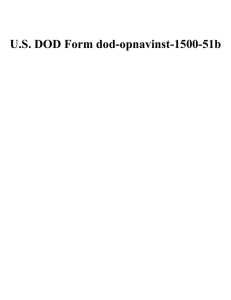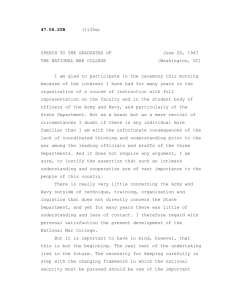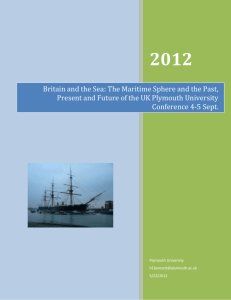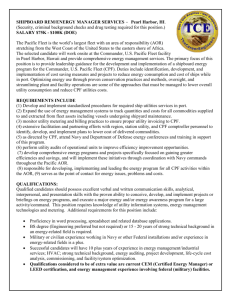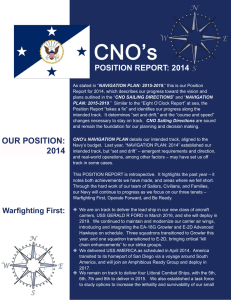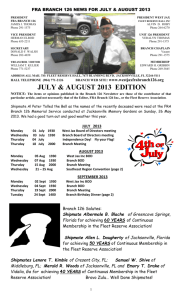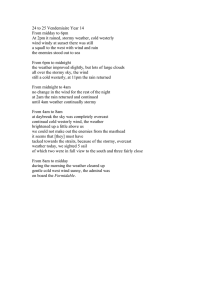`Racing to War: The Royal Navy and 1914` – Exhibition
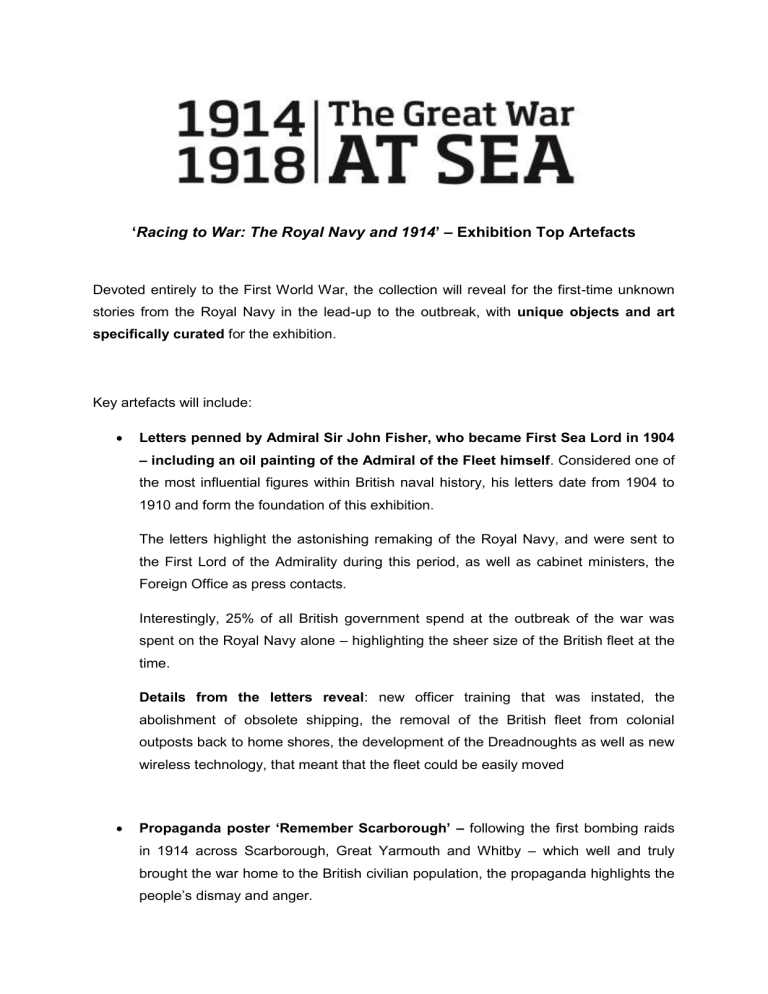
‘Racing to War: The Royal Navy and 1914’ – Exhibition Top Artefacts
Devoted entirely to the First World War, the collection will reveal for the first-time unknown stories from the Royal Navy in the lead-up to the outbreak, with unique objects and art specifically curated for the exhibition.
Key artefacts will include:
Letters penned by Admiral Sir John Fisher, who became First Sea Lord in 1904
– including an oil painting of the Admiral of the Fleet himself
. Considered one of the most influential figures within British naval history, his letters date from 1904 to
1910 and form the foundation of this exhibition.
The letters highlight the astonishing remaking of the Royal Navy, and were sent to the First Lord of the Admirality during this period, as well as cabinet ministers, the
Foreign Office as press contacts.
Interestingly, 25% of all British government spend at the outbreak of the war was spent on the Royal Navy alone – highlighting the sheer size of the British fleet at the time.
Details from the letters reveal : new officer training that was instated, the abolishment of obsolete shipping, the removal of the British fleet from colonial outposts back to home shores, the development of the Dreadnoughts as well as new wireless technology, that meant that the fleet could be easily moved
Propaganda poster ‘Remember Scarborough’ – following the first bombing raids in 1914 across Scarborough, Great Yarmouth and Whitby – which well and truly brought the war home to the British civilian population, the propaganda highlights the people’s dismay and anger.
Journals of Commander Andrew Downes – the gunnery officer who recorded the race to war. In 1913, Downes studied German in order to send confidential information back to the Admiralty, as well as sailing a ship just weeks before the outbreak to visit the German fleet regatta at Kiel
First World War cartoons by famed William Kerridge Haselden – during the Great
War, Hasleden drew thousands of daily cartoons charting the progress of a country at war. He did produce some political cartoons, and his caricatures of the German
Kaiser and Crown Prince as ‘Big Willie’ and ‘Little Willie’ became very famous.
Photographic prints of the orginal artwork for both cartoons will be on display.
“The Wounded Lion” oil painting by artist William Wyllie (1851 – 1931) – on display for the first time, the painting is by famed maritime artist Wyllie. On loan from
Mr Nicholas Beatty, whose grandfather David Beatty was at the Battle of Dogger
Bank and which the painting depicts beautifully in oils.
“ Arrival of the Fleet from the Coronation Review” by Alma Cull (1880 – 1931) - another stunning oil painting which demonstrates the power of the Royal Navy (on loan from the National Maritime Museum)
Humorous Toby jugs - belonging Admiral Sir David Beatty – commander of the
Battle cruiser squadron, Sir Winston Churchill, First Lord of the Admiralty 1911 -15 and Admiral Sir John Jellicoe – Commander –in –Chief of the British Grand Fleet.
